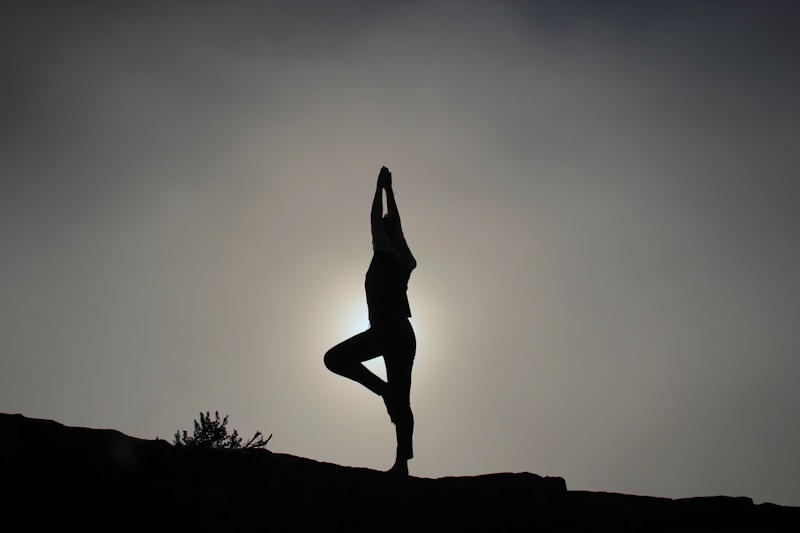Obsessive Compulsive Disorder affects 1-2% of the population, and is concerned with both obsessions and compulsions. You might remember Dustin Hoffman’s Rain Man character, Raymond Babbitt, who’s OCD forced him to follow a ritualistic pattern of routine. Although an extreme example, Babbitt’s OCD governed how many fish sticks he could eat at any given time, and the brand of underwear he wore. OCD is a serious anxiety-related condition, affecting young children and adults, regardless of sex, socioeconomic or cultural background. So serious in fact, the World Health Organisation ranked OCD in its top ten most disabling illnesses of any kind, in terms of diminishing a person’s quality of life.
For some, OCD is born out of an overly concerned sense of responsibility to prevent harm, or an inflated sense of perceived threat. This drives the compulsions and obsessions, as the OCD sufferer feels and overbearing sense of responsibility in trying to prevent negative or ‘bad’ things happening. Modern Medicine isn’t 100% sure what causes OCD. It might be an inherited gene; in some cases it runs in families; it could be brought on by stress and anxiety…but no one knows for sure.
“I’m a bit OCD”
Sometimes we’ll hear someone say something like, “I’m a bit OCD,” in conversation whenever someone has a specific quirk or need. My mother needs her bathroom towels to folded a certain
way, or all hell breaks loose. This is a bit different from full-blown OCD.
A patient is formally diagnosed with OCD when the obsessions and compulsions begin to significantly impact a person’s everyday life. This is when unwanted thoughts, images, rituals or patterns, consume excessive amounts of time and cause significant distress to the person, and those around them.
Throughout human history, OCD-type behaviours have been present. I’m sure each of us can identify a bizarre habit we have, especially when we get stressed out. In fact, during extreme stress most people have experience some degree of OCD-type symptoms. Diagnosed OCD sufferers, on the other hand, get little relief from these symptoms.
Two Types Of OCD
OCD symptoms can be quite varied from person to person, but they generally fall under two main umbrellas:
Obsessions: Usually unwanted thoughts, images or impulses that pop into the mind of the sufferer. These obsessions cause great distress and are part and parcel with a whole load of stress and anxiety that comes with OCD.
Compulsions: Actions or mental rituals that must be performed over and over again to relieve the anxiety of not performing them. Often, compulsions can be triggered by certain situations, areas, or people which then worsens the cyclical nature of compulsive behaviour.
The Chameleon
For most, the conscious mind remains as is. A person with OCD will know their unwanted obsessions are compulsions are just that: unwanted. However, usually the control of these obsessions and compulsions seem outside of the person’s control. Behaviours can also change over time, increasing in intensity and changing in presenting symptoms. Untreated, OCD can become a cyclical monster.
OCD is a long-term condition, much like diabetes or asthma, and is managed similarly by modern medicine. OCD is usually treated using Cognitive Behavioural Therapy (CBT) or Selective Serotonin Reuptake Inhibitors (SSRIs).
So… Yoga and OCD?
We’re told that by health professionals the world over that yoga benefits our mental health. Most of us who have a daily yoga practice know that for ourselves too. However, a regular practice presents a double edged sword for those with OCD. Fatigue from medication, social anxiety and OCD compulsions can actually prevent someone from developing a healthy practice. The first hurdle for a person with OCD is getting out of the house and into a yoga class. No small feat.
That being said, people with OCD find that managing their compulsions easier once in a class. Directions given in class, the class structure and the constant engagement and instruction all seem to be positive attributes in the management of compulsions and obsessions.
In 2004, Shannahoff-Khalsa published an article in the Journal of Alternative and Complementary Medicine, reporting positive results in treating OCD with Kundalini Yoga. In the study, five patients regularly taking Kundalini Yoga found they improved regulation of their symptoms over 50%! This test was done alongside tests done with mindfulness and relaxation, but patients undergoing asana practice found greater improvements than those doing relaxation.
This study has been a great start in the study of yoga as treatment for OCD, and has shown that we need to continue researching. There are so many benefits left to be discovered – so watch this space!













